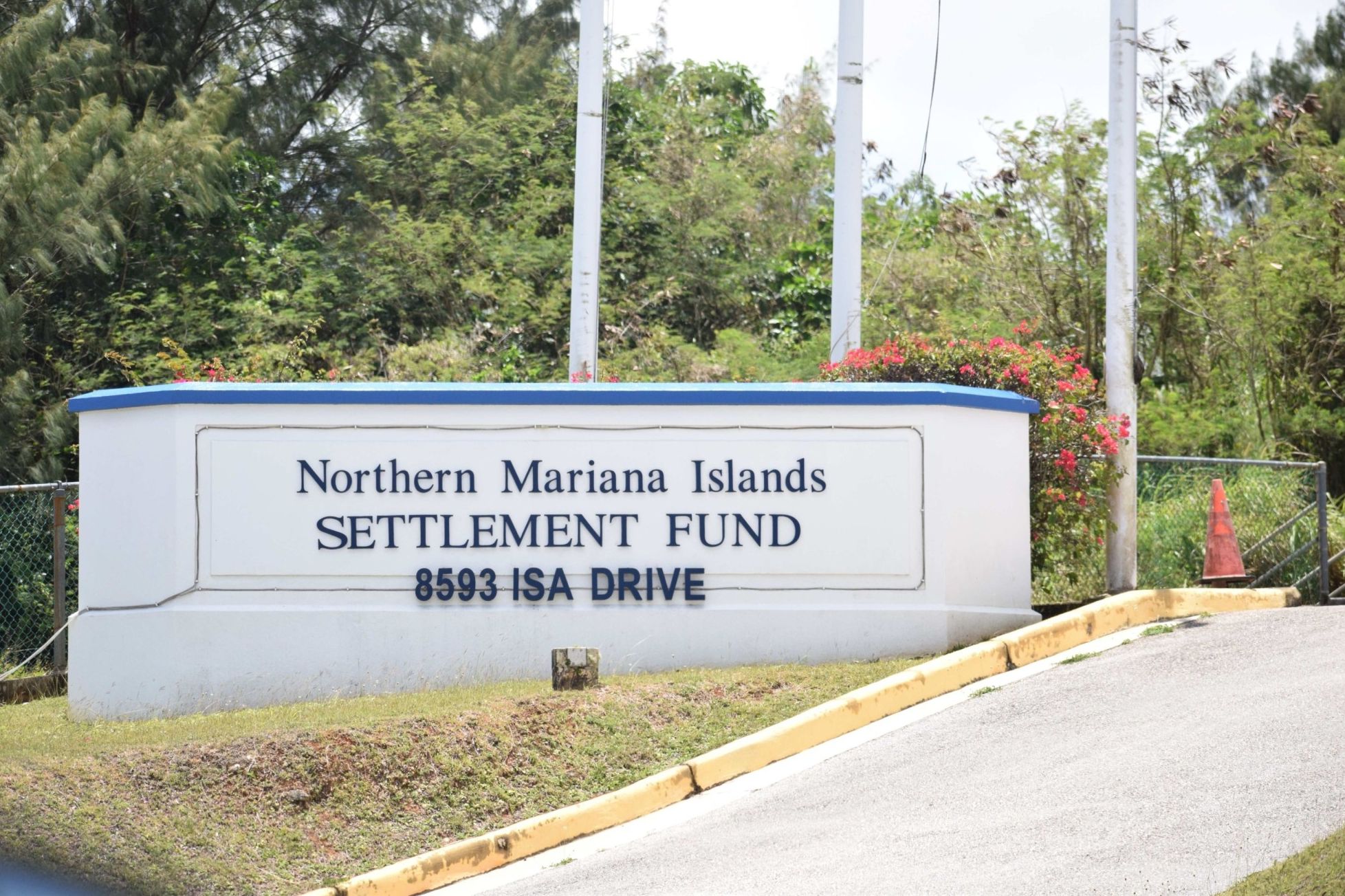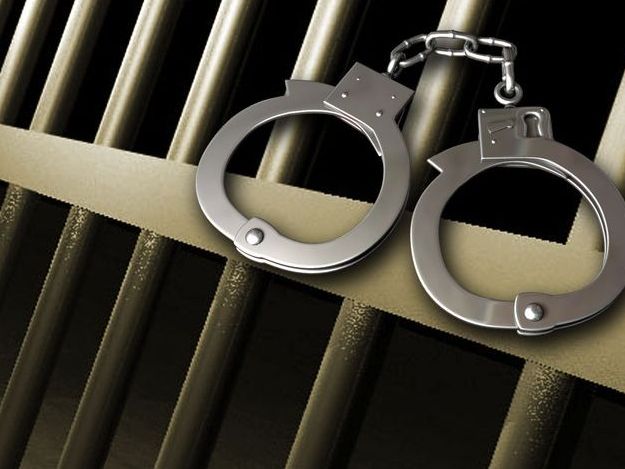THE outbreak of war in Europe has raised anxiety around the world, even in the Pacific. Unfortunately, social media is full of false reports, pictures and videos, so it has become difficult to separate fact from fiction. The difference between professional journalism on the one hand and bloggers and hacks on the other has never been more on display.
Naturally, discussions on the war abound in the home and the workplace, so let’s take a brief look at some of the background of the conflict.
Ukraine was part of Russia for most of its history. Historically, the nest of civilization that grew into modern Russia started in the town of Novgorod, which is in Ukraine. So, in many ways, Russians and Ukrainians are the same people. Over the centuries they have experienced conflicts, but they are essentially birds of a feather. Vladimir Putin was correct in his comments last week that Ukraine has little history as an independent nation. This, in itself, does not justify invasion, of course.
The modern nation of Ukraine, as well as the other Soviet republics such as Kazakhstan and Belarus, date back to 1991, the year the Soviet Union disintegrated. Therefore, the country is just over thirty years old. Russia was not able to prevent the breakup at the time, but they have since recovered their strength and ambition.
Russia’s objective. Although no one can say where this will end, Putin has made it clear in his remarks that he intends to pull Ukraine back into the Russian fold. This has nothing to do with the two small breakaway regions Russians is claiming to defend. He believes that Ukraine is inherently part of Russia and plans to absorb the entire country. As a former KGB agent, it follows that he must also believe the rest of the former Soviet family must return to the fold. If Putin successfully annexes Ukraine, expect him to push toward Belarus, Kazakhstan or possibly the Baltic republics of Estonia, Latvia and Lithuania.
NATO’s role in the crisis. The North Atlantic Treaty Organization was founded in 1949 as a defensive alliance designed to prevent Russian aggression. It linked the independent countries of Western Europe with the United States, who had the largest military at the time. In 1991, when the Soviet Union collapsed, NATO moved quickly the strengthen its position by adding new member countries. Recently, NATO considered allowing Ukraine to join the alliance, which in many ways forced a showdown.
Will the war grow bigger, even become World War III? Although this question is impossible to answer, this conflict certainly has the potential to grow much larger. If the NATO alliance decides to roll back Russian aggression, it could grow into a larger conflict. If Putin decides to annex Belarus or another former Soviet republic, it could grow into a larger conflict. If public opinion in the United States turns in favor of intervention, President Biden will find it difficult to stay out of it, especially if it will help his chances for re-election.
How will the war in Ukraine affect the Pacific? Historically, situations like this have often provided a cover for other nations to make aggressive moves. In the 1940s, for example, Japan took advantage of the war in Europe to occupy areas ruled by European nations, such as Indochina, Indonesia, and Hong Kong. It is possible, given how close Russia and China are, that China may use the war Ukraine as an opportunity for invading Taiwan, which would put the central Pacific in the battle zone. As of now, Russia has placed itself as an international outlaw, so China must tread carefully if they do not want to earn the same label.
BC Cook, PhD lived on Saipan and has taught history for 20 years. He currently resides on the mainland U.S.

BC Cook











